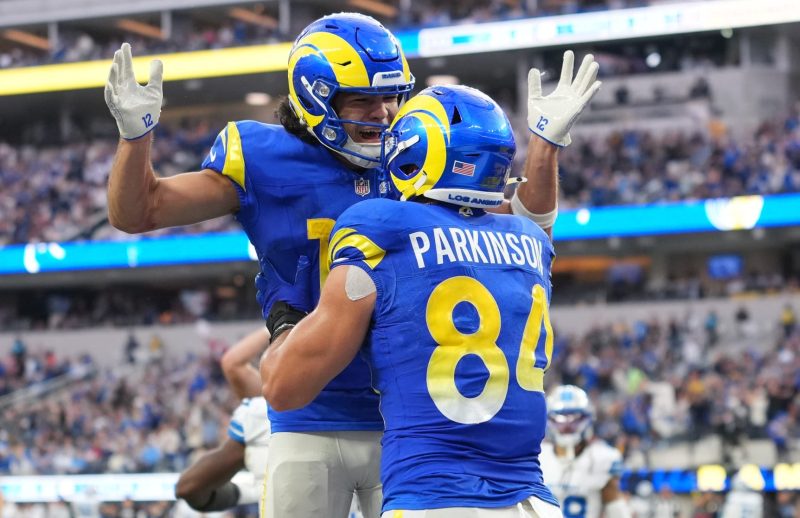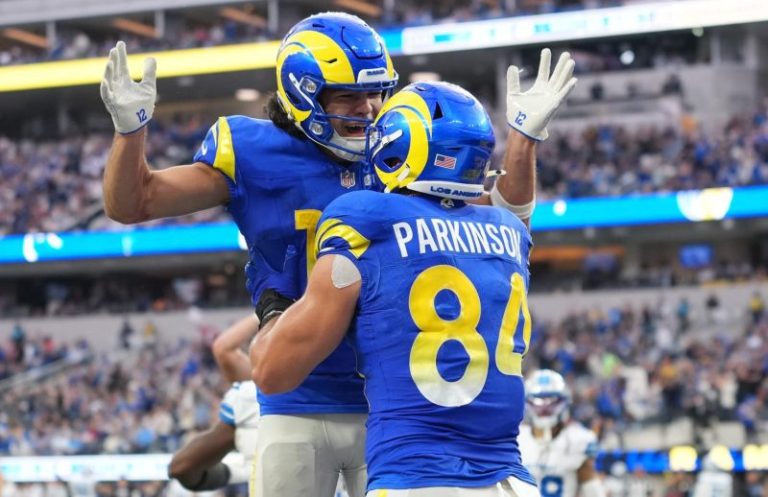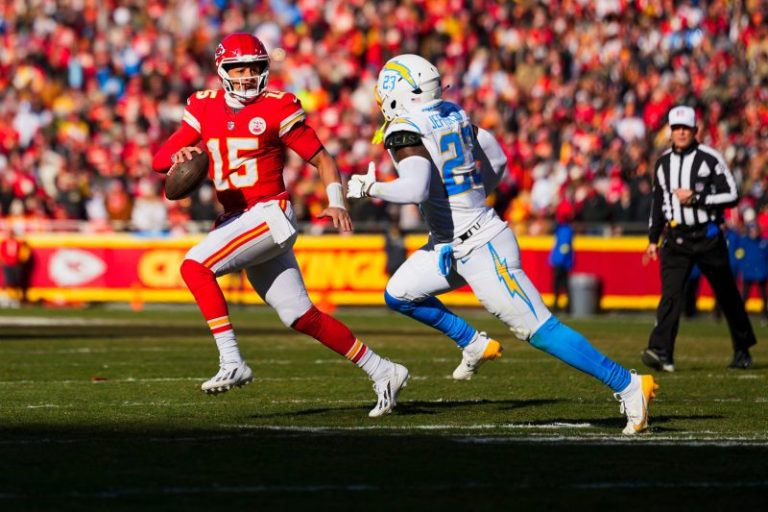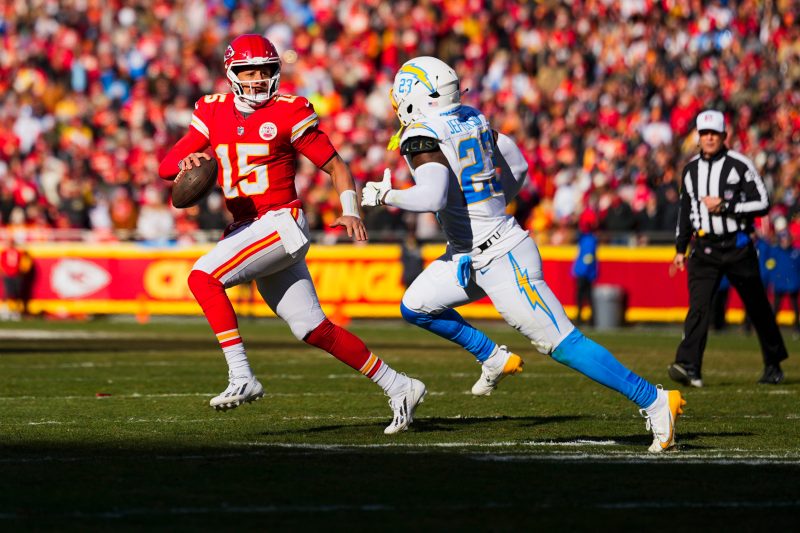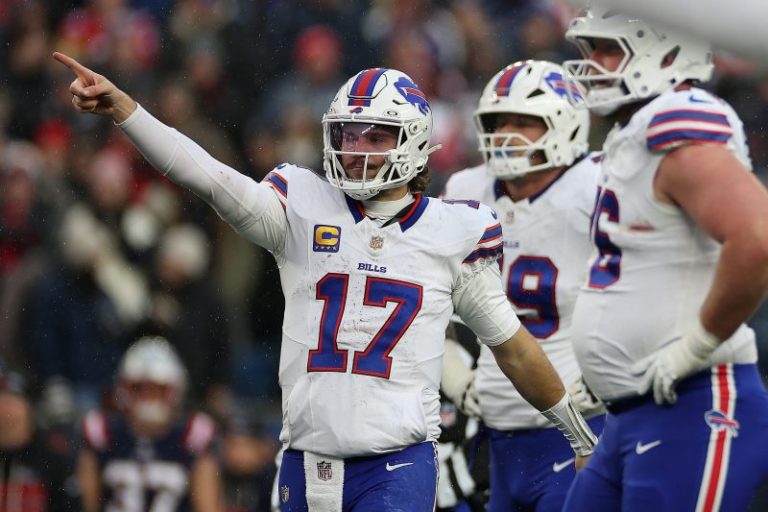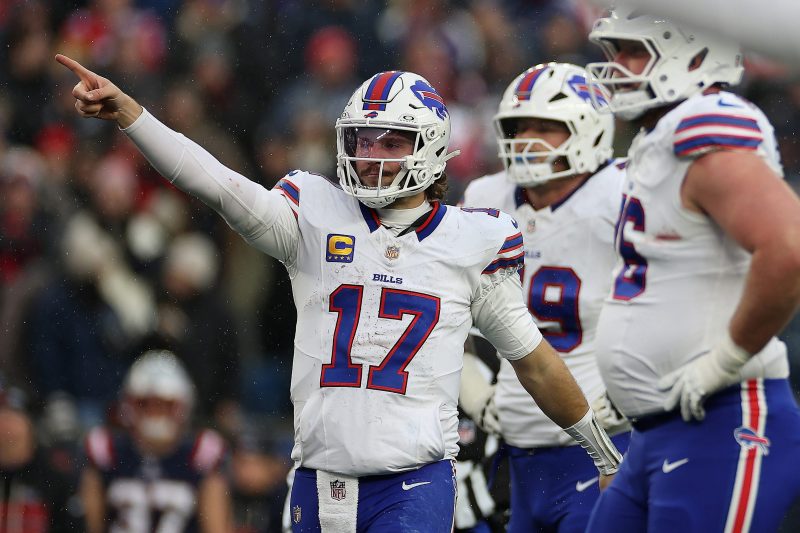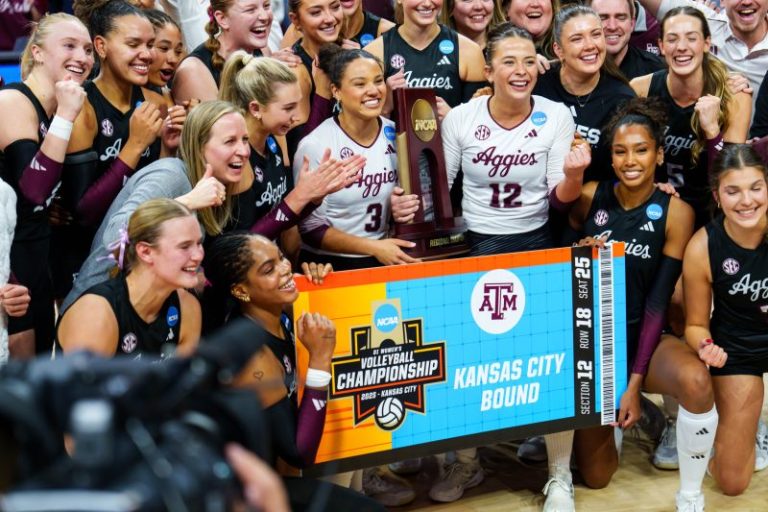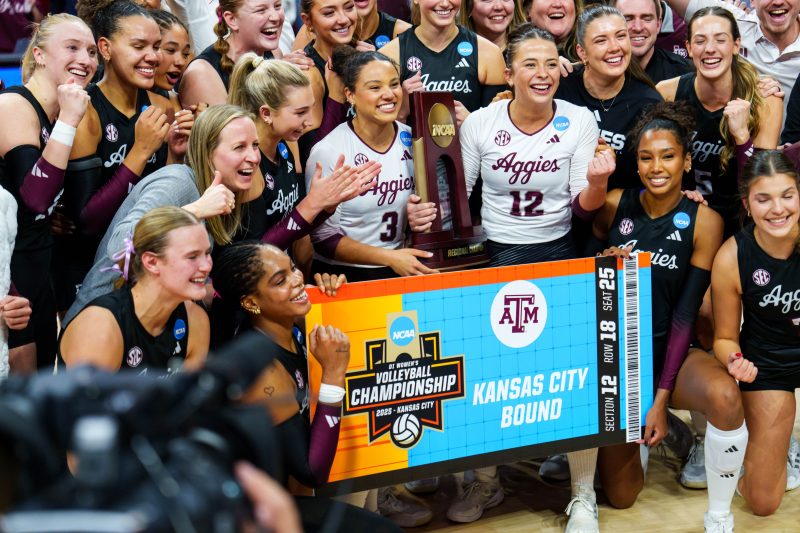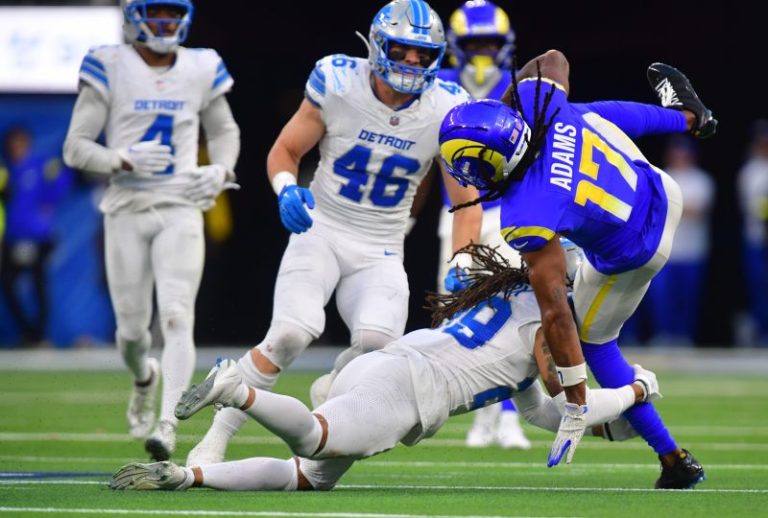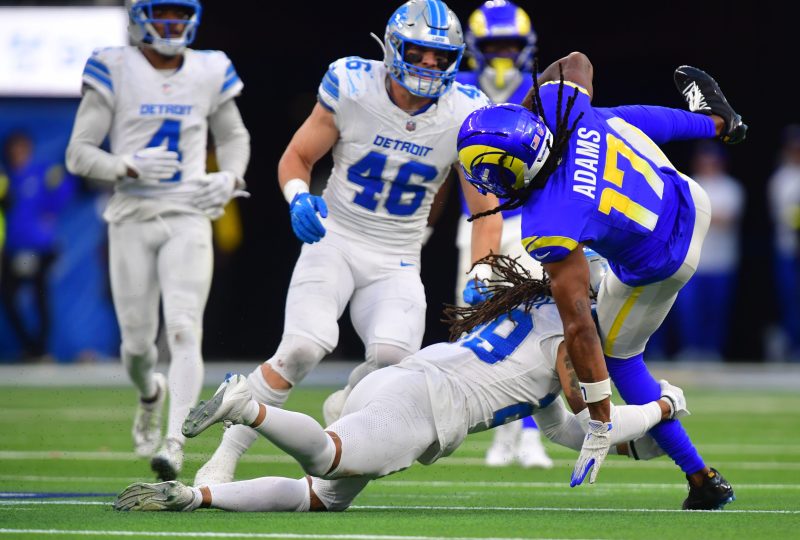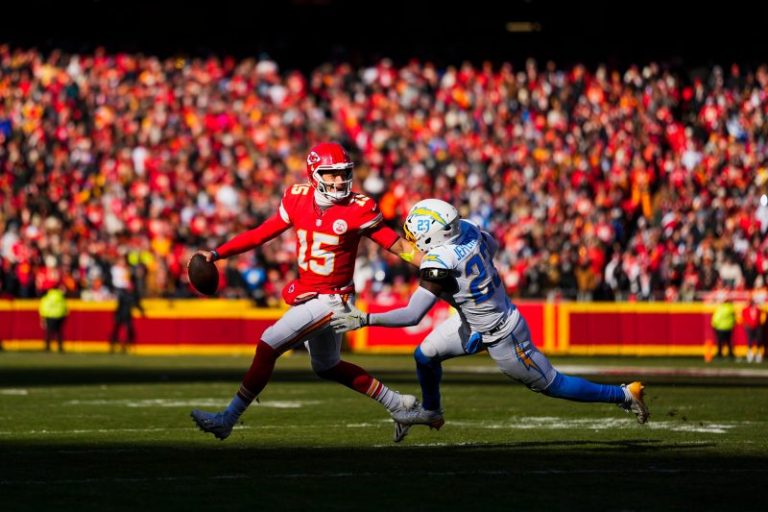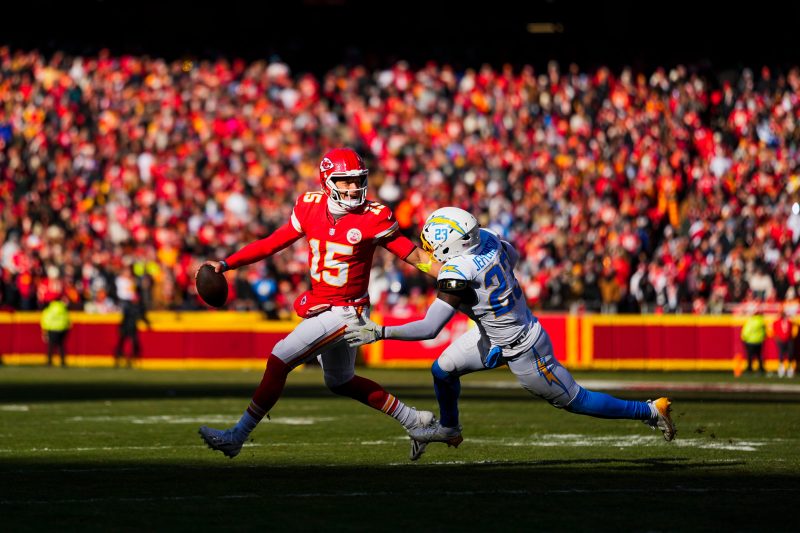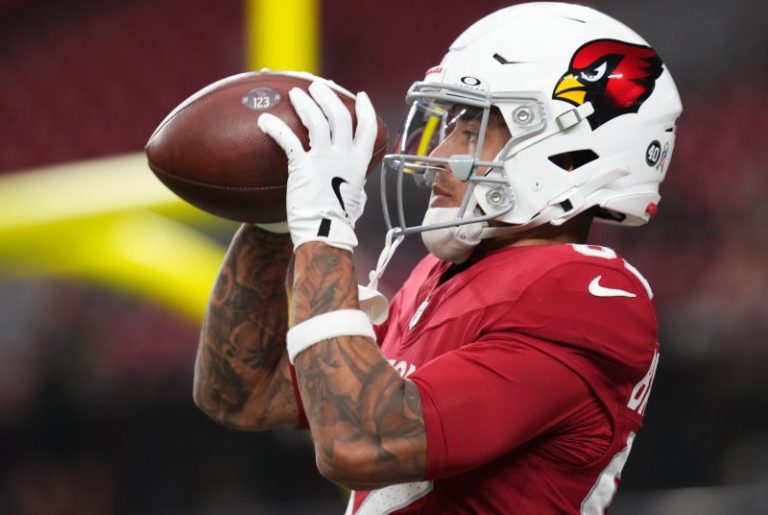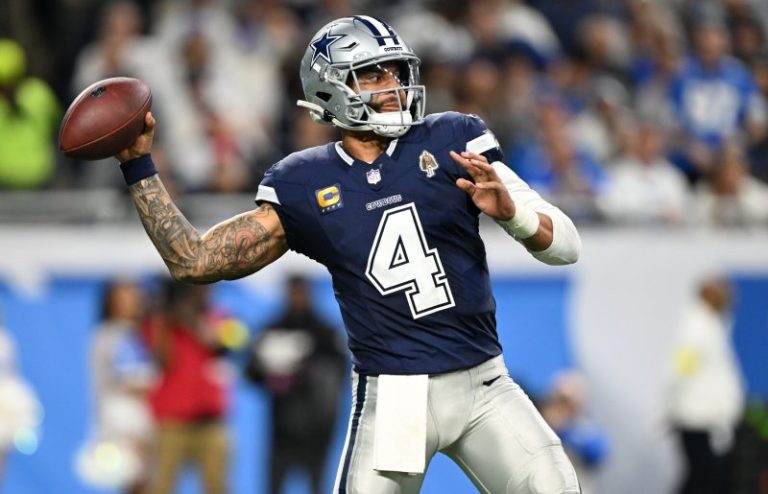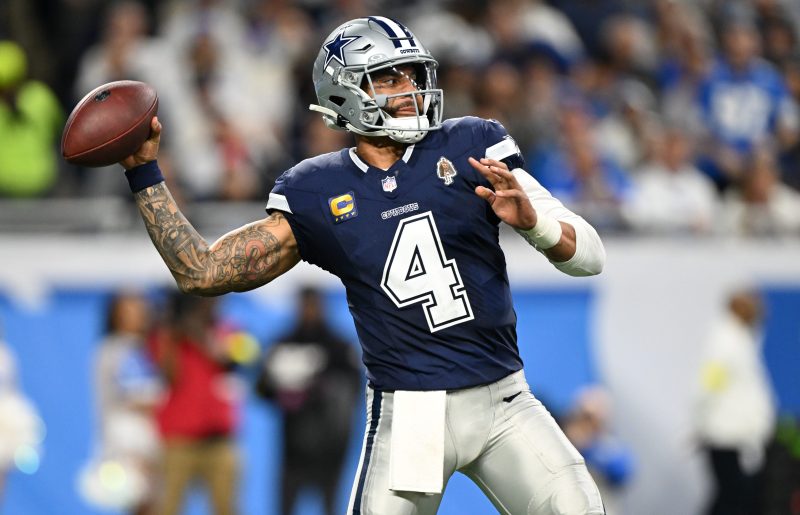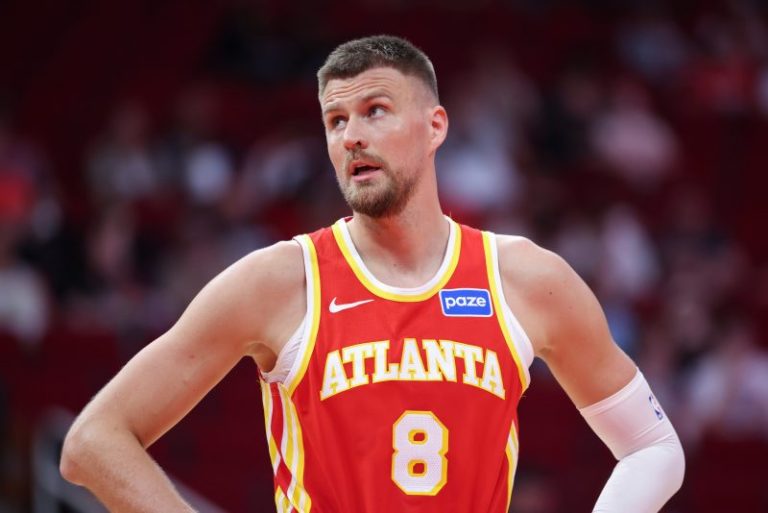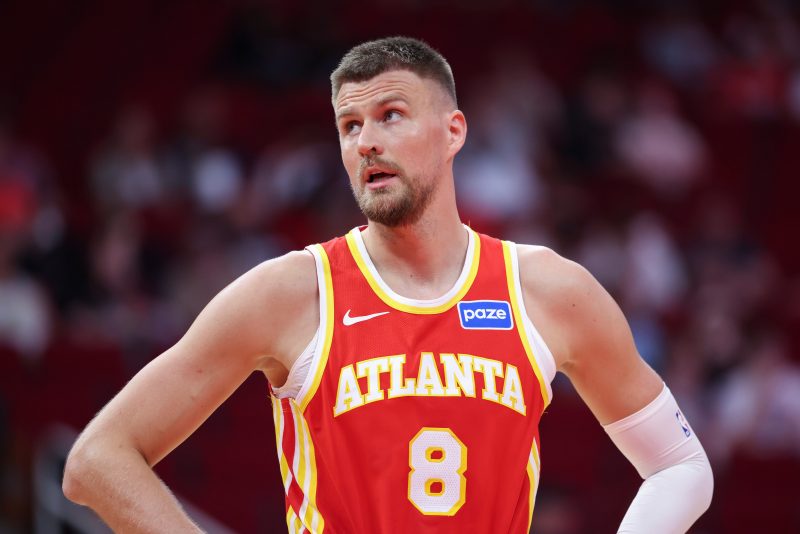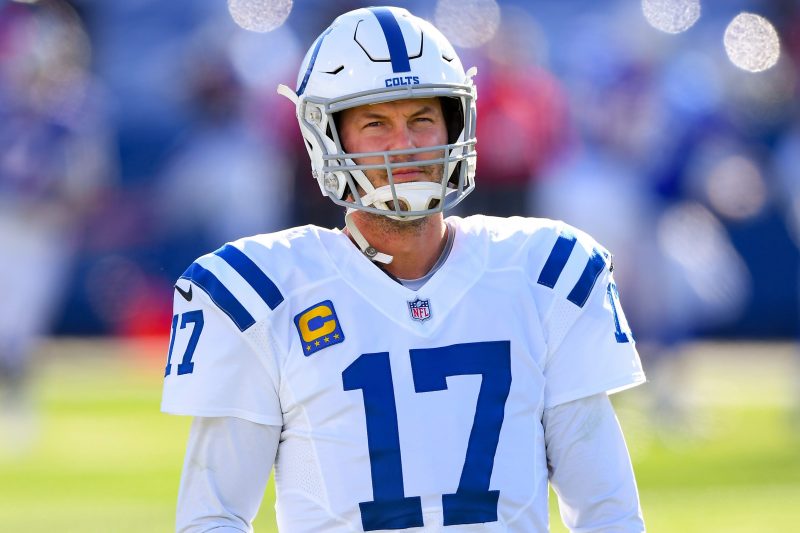
Philip Rivers made his return to the NFL after five years away, but he could not lead the Indianapolis Colts to a win over the Seattle Seahawks.
The Seahawks earned an 18-16 victory over the Colts in a defensive battle.
Rivers largely comported himself well during the field-goal fest. He threw his first touchdown in five years in the first half and demonstrated a calm presence in the pocket. He didn’t show much in the way of arm strength, averaging just 4.4 yards per attempt, but helped keep the Colts offense moving with the quick game throughout the contest.
The Colts’ loss marks their fourth consecutive and makes a playoff run seem all the more unlikely. Nonetheless, Rivers will make the team interesting and will look to show he can improve and shake off more rust when the Colts face the San Francisco 49ers in Week 16.
USA TODAY Sports tracked Rivers’ return to the NFL today vs. the Seahawks. Below are his stats and highlights from the game, along with an analysis of his performance and more.
Philip Rivers stats today
Here’s how Rivers performed in his first game in 1,800 days, a loss to the Seahawks:
- Passing: 18/27 (66.7%)
- Passing yards: 120
- Passing touchdowns: 1
- Interceptions: 1
- Passer rating: 73.1
- Carries: 1
- Rushing yards: -5
- Rushing TDs: 0
- Sacks: 1 (2 yards)
Philip Rivers throws interception to put bow on loss to Seahawks
The Colts got the ball back with 11 seconds left to get the ball into field goal range. Rivers was forced to try to push the ball downfield in an effort to get near field goal range.
Rivers pass was intercepted by Coby Bryant, sealing an 18-16 Seahawks win in a low-scoring Week 15 battle.
Jason Myers answers Blake Grupe with 56-yard kick of his own
The Seahawks took the lead back after quickly working their way into field goal range. Myers nailed a 56-yarder to make it 18-16 Seahawks and give Philip Rivers and the Colts next to no time to mount one last comeback effort.
Blake Grupe nails career-long 60-yard field goal to give Colts lead
With 47 seconds left, the Colts are now leading 16-15. Grupe made a 60-yard field goal, the longest of his career in his first game with the Colts, to give Indianapolis the advantage.
Philip Rivers had the critical play to keep the Colts’ drive alive and to get them near field goal range. He hit Alec Pierce for a 16-yard gain on a third-and-7 from Indianapolis’ own 35-yard line.
Rivers is now 18 of 26 passing for 120 yards and a touchdown during Sunday’s game.
Seahawks take lead with field goal
Philip Rivers is going to need to lead the Colts to a comeback win. The Seahawks were able to get a field goal to go ahead 15-13, so the Colts will have just under two and a half minutes to mount a game-winning drive.
Colts forced to punt after Seahawks snuff out screen pass
Rivers faded back to pass on a third-and-5 and threw a dump-off screen to Ameer Abdullah. The Seahawks saw the play coming, quickly containing the veteran running back and tackling him for a 3-yard loss.
The Colts were just outside of field goal range and opted to punt and try to pin the Seahawks deep. Seattle will get the ball back at its own 6-yard line, trailing by one.
Colts lead cut to one to start fourth quarter
The Colts’ defense has been excellent against the Seahawks, holding them without a touchdown thus far in Week 15. However, Seattle has managed to whittle down Indianapolis’ 10-point lead with three field goals, making it 13-12 early in the fourth quarter.
Rivers and Co. will be charged with not only protecting that lead, but also building upon it. They are set to get the ball back with 13:24 remaining in regulation.
Colts go three-and-out on first drive of second half
The Seahawks got a field goal on their first drive after halftime, so Rivers and the Colts offense tried to answer that. However, the 44-year-old veteran couldn’t connect with Josh Downs on a downfield pass, who was breaking open but saw the ball fall to the turf a few feet away from him.
The Colts had to punt after the incompletion. The Seahawks will be backed up at their own 7-yard line to start their next drive. Indianapolis leads 13-9.
Philip Rivers high school team celebrates coach’s TD
Rivers has been coaching at St. Michael Catholic High School for the last five years since his retirement. His team is watching his outing against the Seahawks and were elated once they saw him throw his first touchdown.
Philip Rivers stats at halftime
Rivers’ first half with the Colts couldn’t have gone much better. The 44-year-old veteran wasn’t explosive through the air, but made enough plays in the short-to-intermediate game to keep Indianapolis’ offense moving.
Rivers has completed 10 of 16 passes for 81 yards and threw a touchdown to Josh Downs. He has only been sacked once, thanks to a great showing by his offensive line, and the Colts are leading 13-6 under his leadership.
The Colts also held the ball for nearly two thirds of the first half. If they can continue to grind the clock, that will only stand to benefit Rivers and Jonathan Taylor as they look to win and stay in a competitive AFC playoff picture.
Philip Rivers find Josh Downs for first TD in five years
Rivers has methodically marched the Colts down the field in the first half. He led a couple of field goal drives but finally got his team into the end-zone on a third-down pass in the red-zone.
Rivers found Downs breaking open across the middle of the field and hit the slot-man in stride to allow him to waltz into the end-zone with ease.
Rivers has now thrown 422 touchdowns in his career and has the Colts leading 13-3 with little time remaining in the first half.
Philip Rivers sacked for first time
Many wondered exactly how Rivers would move in his return to action. The 44-year-old didn’t exactly look nimble after falling down in the backfield in the second quarter. However, Rivers was able to get back up and scramble forward to turn what might have been a massive loss into a loss of just two yards.
Still, Shane Steichen will be hoping Rivers won’t have to move around often against a top-notch Seattle pass rush.
Colts get on board first with a field goal
Rivers hasn’t had to do too much just yet, but helped the Colts to get into field goal range on the team’s second drive. Blake Grupe was able to make the 42-yarder to give Indianapolis an early lead.
Rivers went 3 of 8 passing for 31 yards over his first couple of drives. He will look to improve as he builds more chemistry with his receivers and shakes off five years of rust.
Philip Rivers’ first completion goes to Michael Pittman Jr.
Rivers’ first pass of the day fell incomplete, but he was quickly able to bounce back from that. He managed to get the ball to Michael Pittman Jr. for a 12-yard gain, marking his first NFL completion in 1,800 days.
Philip Rivers takes field first in Colts-Seahawks game
The Colts got the ball first to open the Colts vs. Seahawks game in Week 15. The 44-year-old took the field as Indianapolis’ starter, as expected, and will look to quickly show he has something left in the tank.
How to watch Philip Rivers today: Colts at Seahawks
The Colts-Seahawks Week 15 matchup will air on CBS in select markets.
What time do the Colts play today?
The Colts and Seahawks are among several games in the late-afternoon window.
Colts at Seahawks live stream
Cord-cutters have a few options to watch Philip Rivers play today. Fubo carries CBS, Fox, ABC, ESPN and the NFL Networks, and also offers a free trial.
NFL+ and Fubo will also carry the game.
Watch NFL action all season with Fubo (free trial)
Philip Rivers stats
Here are Rivers’ career stats as he suits up today:
- Games: 244 (240 starts)
- Record: 134-106 (.558 win percentage)
- Completion rate: 5,277-of-8,134 (64.9%)
- Passing yards: 63,440
- Touchdowns: 421
- Interceptions: 209
- Passer rating: 95.2
This post appeared first on USA TODAY
